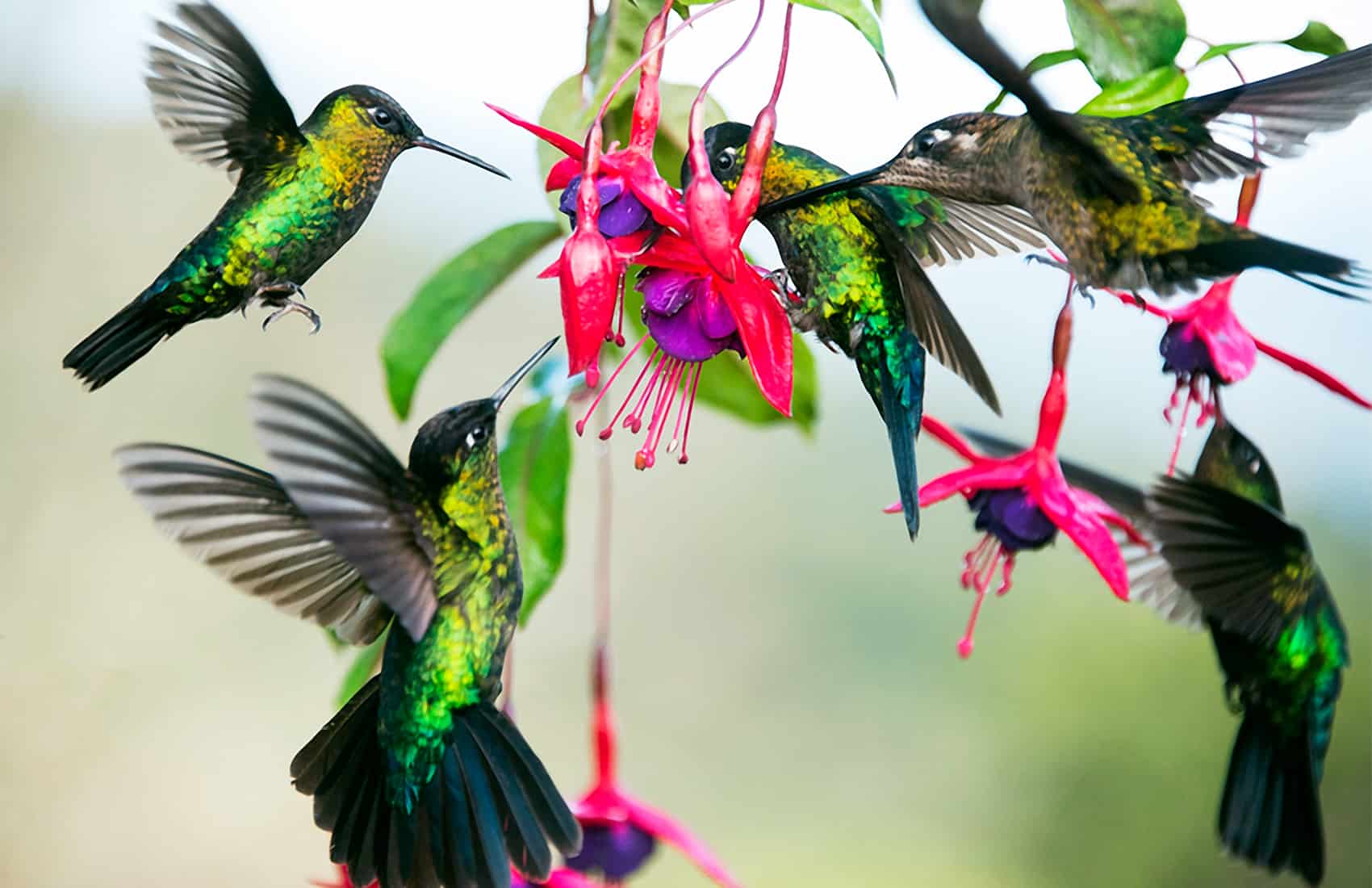Costa Rica’s National Birdwatching Bureau published a manual of best practices for birdwatching in the country. With more than 900 species that have been identified in the national territory and its great biodiversity, Costa Rica is one of the most visited destinations in the world by bird watching enthusiasts.
The handbook seeks to generate uniformity in the activities involved in the practice of birdwatching tourism. The document is aimed at specialized guides, tour, ecotourism establishments, birdwatchers and any person, group or institution interested in this activity. Its purpose is to promote actions that lead to a sustainable enjoyment of this pastime and, at the same time, reduce possible impacts to biodiversity.
Good practices are those concrete actions that allow the conservation and responsible use of the natural heritage, contribute to the socio-cultural development of rural communities and generate profitability in a sustainable way.
Sergio Arias, director of the National Birdwatching Bureau, explained “this is a basic guide, it is not written in stone, possibly in one or two years we will make updates; but it establishes a series of parameters for those who work and want to develop the industry.”
Those who wish to enter the business must do so maintaining “an orderly manner, and under sustainability criteria that are the letter of introduction and how we work in ecotourism in this country,” he said.
In addition, he believes that although Costa Rica is a model and reference for birdwatching tourism in the world, it is necessary to coordinate the different sectors and elements that make up this specialized tourism niche.
“It is useless to make efforts to promote and develop products specialized in birdwatching if we are not providing quality and international standards according to the needs of the market segment,” Arias added.
The manual is quite detailed, setting out guidelines for he the use of trails, complementary feeding stations or feeders, photographic activity and the use of sound reproduction to attract birds are some of the highlights in the first two chapters of the text.
The third chapter covers recommendations on guiding, appropriate clothing, operation of birdwatching activities, and best practices to make the facilities bird-friendly, not only for observers, but also for the birds.
As part of the efforts to promote this tourism segment, the Birdwatching Bureau expects to develop a verification certification for companies adhering to the manual, update the directory of birdwatchers, and include new destinations and birdwatching routes in various communities in the country.

